Last Sunday I went to the El Saieh Gallery, which is around the corner from the Oloffson Hotel in the Pacot area of Port-au-Prince. It was a lovely, luminous space, located on a hillside overlooking downtown and the port. This slightly run-down two-storey building, with a roof bowing threateningly overhead, is filled to the brim with paintings. In the large entrance hall are stacks of small canvases depicting everyday scenes worth $20 or $30, which tourists and expats snatch up and carry home in their suitcase as mementos and gifts for family and friends.
On the walls and piled on shelves in the main gallery are also many mid-range paintings by more established contemporary artists represent Voodoo Loas or exhibiting the particular style of the painter for an affordable price – usually $100-300. For collectors, there is a higher tier of paintings hanging on the walls, particularly on the upper floor – some are not even for sale. They include giant tableaux of historic figures and events, or older paintings that the founder of the gallery collected or commissioned decades ago. Many of the artists whose work rests on those walls are long dead now. Below are photos of some my personal favorites at the El Saieh Gallery.
The gallery was founded in the 1950s by Issa El-Saieh, who passed away in 2005. In his time, he was a central figure in the Haitian cultural scene. During the 1940s and 1950s he had a big band that created a new school in Haitian music. The band played a mixture of Haitian music, jazz and Afro-Cuban, and cut a number of records on Issa’s own label, named La Belle Créole. Then he dedicated himself to supporting and fostering Haitian art and founded the gallery. According to his epilogue, “he was a unique talent spotter who discovered and hired a large number of the great Haitian naïves: Jacques Enguérrand Gourgue, André Pierre, André Normil, Jacques Chéry, Seymour Bottex, Alexandre Grégoire and dozens of others.”
For some years around 1960 Issa also managed the Grand Hôtel Oloffson, where he met Graham Greene, and allegedly served as inspiration for the character of Hamit, the ‘Syrian’, in The Comedians, which described life under the brutal and repressive military dictatorship of “Papa Doc” Duvalier. Issa himself was taken by Duvalier’s Toton Macoutes by on specious grounds, and imprisoned for a month in the notorious Fort Dimanche.
Visiting the El Saieh gallery picked my curiosity about the history of Haitian art. According to an article published in September 2010 by Smithsonian Magazine, the Haitian art scene began to gain international reknown in the 1940s, when an American watercolorist named DeWitt Peters moved to Port-au-Prince. Inspired by the local “raw” artistic expression that he saw in everyday life, Peters founded Centre d’Art in 1944 to organize and promote untrained artists, and provide them with free materials. One of the most famous artists to pass through the Centre d’Art’s doors was Hector Hyppolite, a third generation Houngan (Voodoo priest) who until then had painted with chicken feathers on cardboard. He was noticed by the Surrealist André Breton, who brought his paintings back to France and wrote about Hyppolite in Surrealism and Painting. At the time, his paintings and those of his contemporaries sold for a few dollars – today they command hundreds of thousands.
One of Issa El Saieh’s main competitors was Georges S. Nader. The son of Lebanese immigrants, Nader was long considered one of Haiti’s best-known and most successful art dealers after he opened a gallery downtown in 1966. He moved into the 32-room mansion in the hillside Croix-des-Prés neighborhood a few years later and, in addition to the gallery, built a museum that showcased many of Haiti’s finest artists, including Hyppolite, Obin, Rigaud Benoit and Castera Bazile.
The collapse of the Centre d’Art and the Nader house in Crois-des-Prés, obliterated a significant portion of the artistic heritage of Haiti. “My life’s work is gone,” Nader, 78, told the Smithsonian Magazine. The family estimated the collection to be worth more than $20 million… apparently it is not insured.
Some of the work that was trapped under these buildings was salvageable. Nader’s son, George Jr., who owns a successful gallery in Pétion-ville said, “We’ve recovered about 3,000 paintings and about 1,800 of those are damaged.” Restoration efforts are underway. In May of 2010, the Smithsonian Institution launched an effort to help restore damaged Haitian treasures. Led by Richard Kurin, undersecretary for history, art and culture, and working with private and other public organizations, the Institution established a “cultural recovery center” at the former headquarters of the U.N. Development Program near Port-au-Prince. The long-term goal, according to Kurin, is to “rescue, recover and help restore Haitian artwork, artifacts and archives damaged by the earthquake.” The center also trained Haitians who would take over the conservation effort after the end of the programme.
Further reading:
- In Haiti, the Art of Resilience by Bill Brubaker. Smithsonian Magazine, Sept 2010.
- About the Smithsonian Institution – Haiti Cultural Recovery Project, by Smithsonian Magazine. Sept 1, 2010.
- Haiti’s Scars, and its Soul, Find Healing on Walls, by Damien Cave. New York Times. Feb 22, 2011.
- Remembering Issa El Saieh, by Mats Lundahl and Bebo Valdes, 2005.
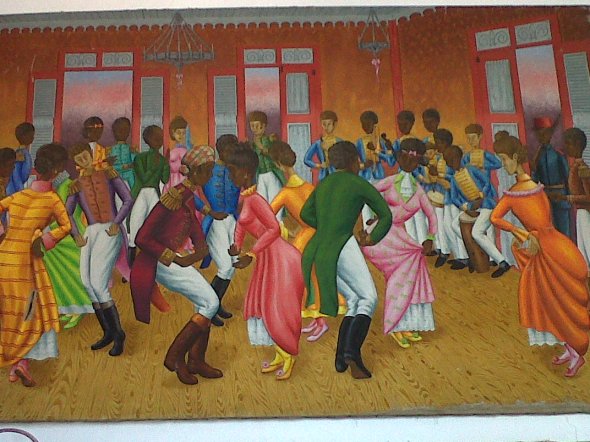
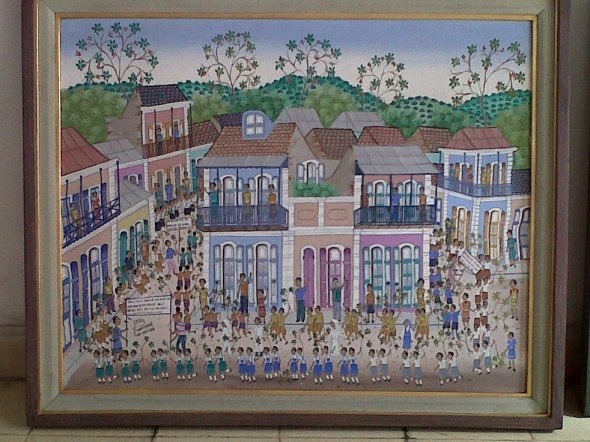
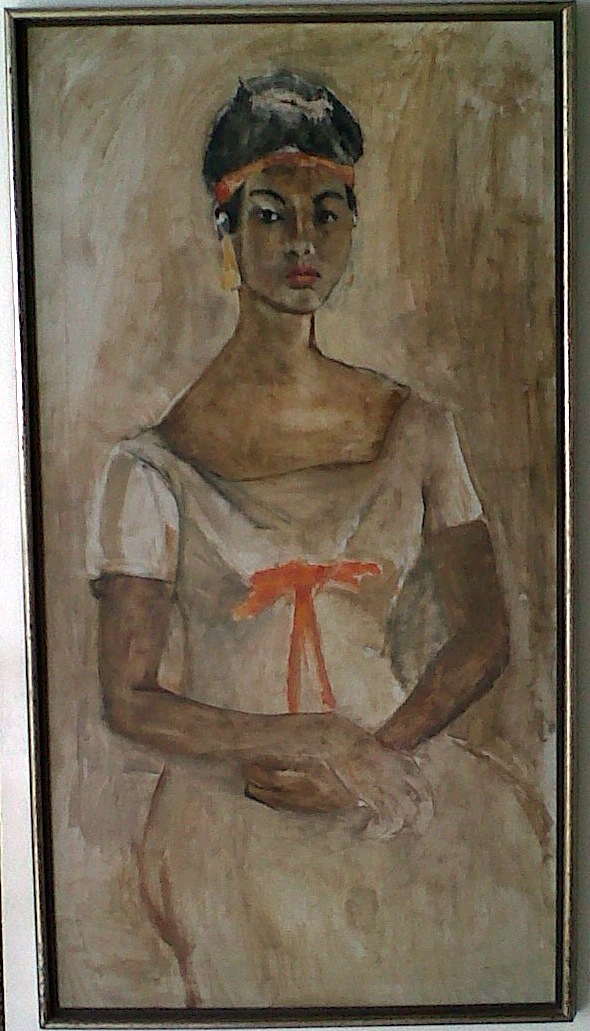
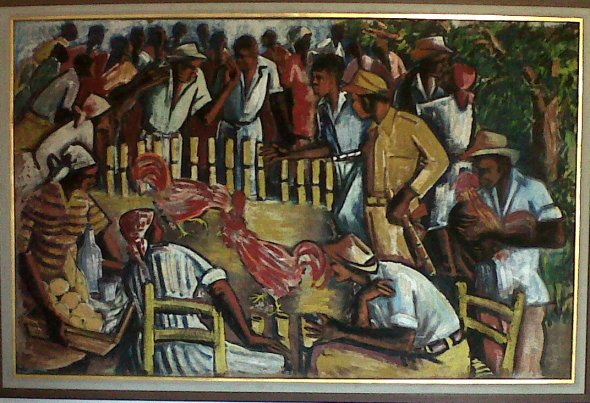
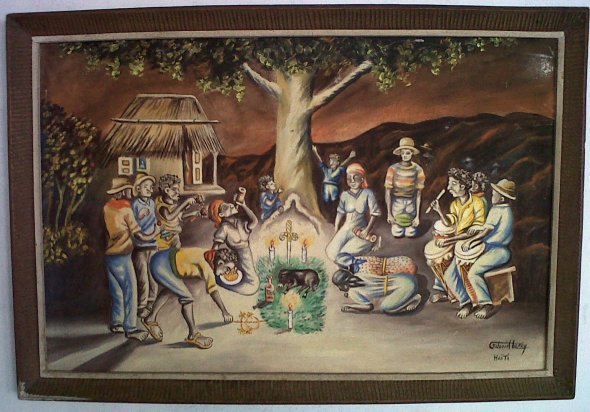
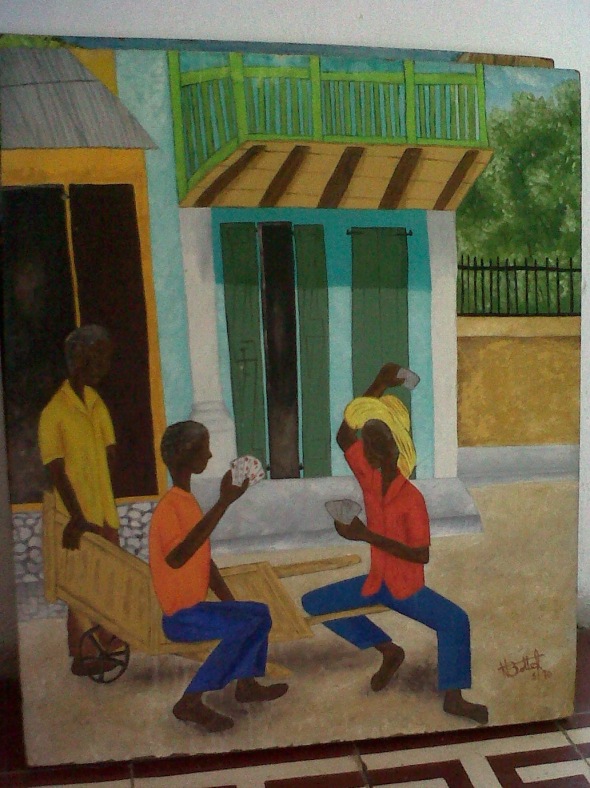
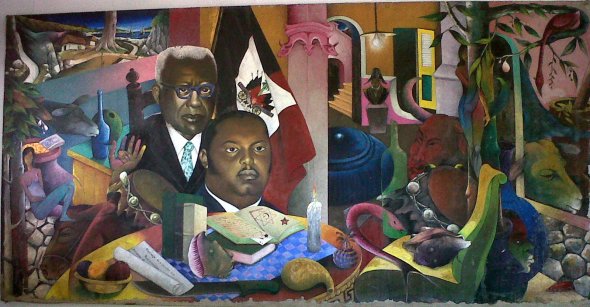
Great post! I love Haitian art the most. Check out these two authors who both write about Haitian art/African art, history, and historical connections.
Donald Cosentino and Robert Farris Thompson, haha I forgot to actually put the authors names
Pingback: Le provviste del bucaniere (parte terza) | michiduedenti